The story of Post Boy, the great Maryland horse
by Donald Walsh
“Emphatically the great Maryland horse” were the words of John Stuart Skinner in his American Turf Register and Sporting Magazine in August of 1832 in his “Brief Memoir of Post Boy.”
Before 1860, horse racing was the only organized sport in the country, and the American Turf Register was the earliest American sporting publication, with much of its content devoted to racing. Within its pages, Skinner not only provided the results of races run at the time, but he also documented the history of racing in America: articles about important races, or biographies of notable horses.
From Skinner’s Memoir: “Post Boy, the property of the late General Charles Carnan Ridgely of Hampton, was the swiftest horse of his day—about 15 and a half hands high, a dark bay, of great strength and muscle. He was got by the imported horse GABRIEL, one of the best stallions ever imported into this country. Gabriel was also the sire of Oscar, (sire of Silver Heels) and of Harlequin. He, Gabriel, stood, unfortunately, but one season in this country before he died.”
Post Boy was foaled in 1800. He was bred by Mordecai Hall of West River, Maryland, about ten miles south of Annapolis. Hall sent his Hyder Ally mare to Governor Benjamin Ogle’s Belair Stud in Bowie, where Gabriel stood at stud. Gabriel was a multiple-King’s Plate winner at Newmarket, England, in 1795 and 1796. After one season at stud in England in 1798, he was imported to America by Thomas Reeves and sold to Governor Ogle. Gabriel covered 34 mares in 1799, and of that first and only U.S. foal crop, produced 3 outstanding colts: Oscar, Harlequin, and Post Boy.
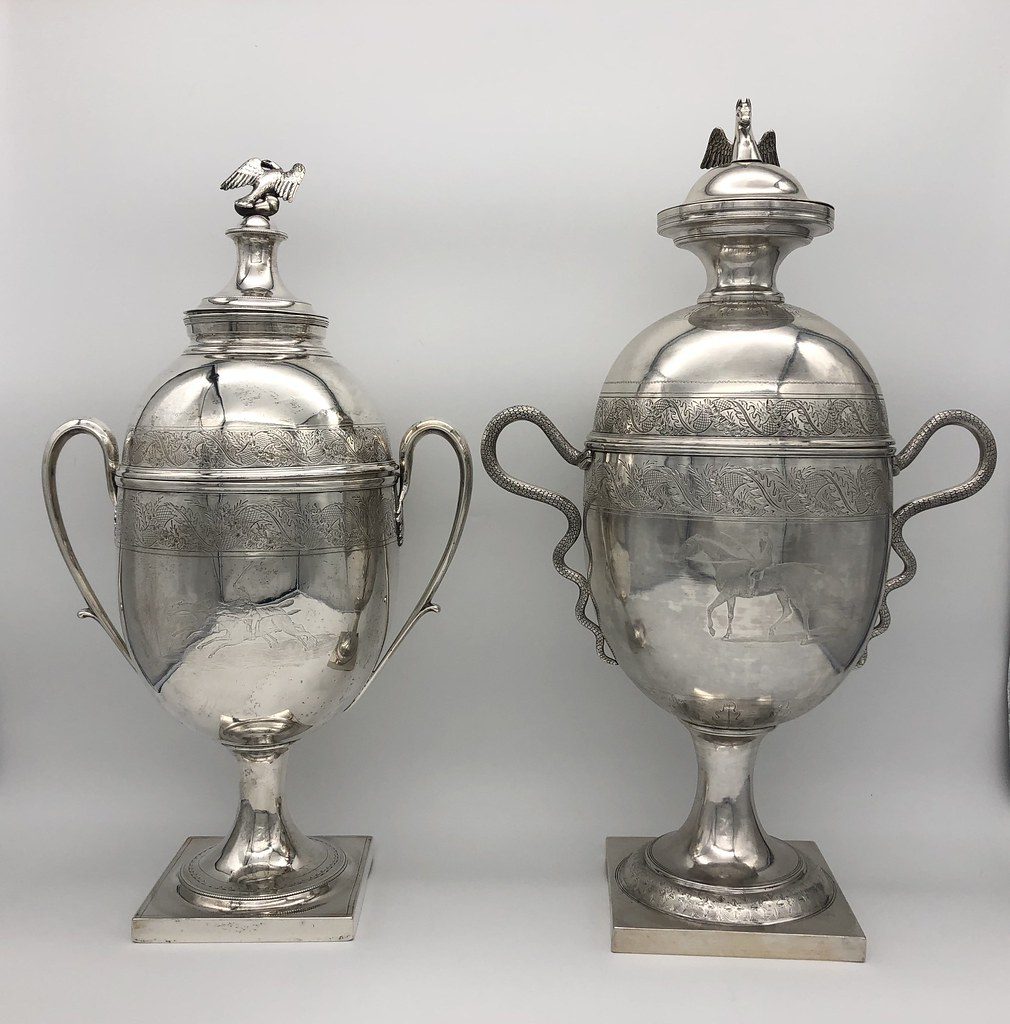
Post Boy was sold to Charles Carnan Ridgely of Hampton plantation, where he was trained by Charles Duvall, Ridgely’s trainer. Post Boy won his debut race at 3 years old at Govan’s Town, a racecourse located north of Baltimore, a few miles to the East of where Pimlico was built after the Civil War. One month later he was beaten at the National Course in Washington City (now Washington, DC) by a horse named Schedoni. After that defeat, Post Boy would not lose another race for almost 5 years. His most important wins came in Washington at the National Course.
“His speed was regarded by some as matchless,” wrote Benjamin Ogle Tayloe in Spirit of the Times.
The National Course was home to the Washington Jockey Club, whose prominent members included Ridgely and John Tayloe III, of Mount Airy, VA. The course was located on Holmead’s Farm, now in the Meridian Hill area, a few miles north of the White House.
Post Boy would go on to win the Washington Jockey Club Cup in 1804 and 1805. Each of these races was a single heat of 4 miles. The racing cups, which are extremely early and rare examples of American silver racing trophies, were made by noted Philadelphia silversmith Samuel Williamson. Both cups currently reside in Hampton Mansion at Hampton National Historic Site in Towson, Maryland. One (the 1805 Cup) is in the National Park Service collection, and the other is on loan from a private collection. They are typically on display in the Mansion’s dining room.
In addition to the Cup races, Post Boy would win every race he started from 1804 until 1808. During that stretch, Post Boy defeated several other notable horses of the period: Lavinia, Oscar, First Consul (who previously ran close behind Floretta in the fastest 4-mile heat to date), Miller’s Damsel (the dam of American Eclipse), and Hickory.
All told, Post Boy won 13 of his 16 races. He won races in Maryland, Virginia, Pennsylvania, and Washington. While some of the most famous horses of the early 19th century were Virginia-bred (Sir Archy, Henry) or New York-bred (American Eclipse); Maryland had its share of notable thoroughbreds such as Selim, Oscar, Lady Lightfoot, and Floretta. But of that group, Skinner, certainly one of the foremost experts of the day, rated Post Boy the highest.
“The swiftest horse of his day,” Patrick Nisbett Edgar called him in The American Race-Turf Register, Sportsman’s Herald, and General Stud Book.
On October 24, 1809, Post Boy’s final race was a match race against Bela Badger’s Hickory on the National Course. The first heat was a dead heat. Hickory won the second. Benjamin Ogle Tayloe wrote: “in the third, Hickory leading, Post Boy fell, and in a few hours after, he died on the field of his glory, and was buried on the course near the judges’ stand. Thus passed away one among the best of horses that ever ran at Washington.”

Maryland was an important center for thoroughbred racing and breeding in the 18th and early 19th centuries. Maryland-bred horses won not only important races, they also won the respect and admiration of many. While many horses of this period have been mostly forgotten, some are deserving of recognition alongside later greats like Challedon, Cigar, and Ben’s Cat. Post Boy, winner of the Washington Jockey Club Cup in 1804 and 1805, is emphatically just such a horse.
As Skinner noted, “Few horses of equal speed have run in America.”
Selected Sources:
Edgar, Patrick Nisbett (1833), The American Race-Turf Register, Sportsman’s Herald, and General Stud Book. Press of Henry Mason.
Hervey, John (1944), Racing in America 1665-1865, Volume II. The Jockey Club, The Scribner Press. New York. pg. 7.
“Lancaster Races.” Lancaster Journal (Intelligencer,) Lancaster, Nov. 21, 1806.
Layton, Rachel E. C., “Samuel Williamson’s Presentation Silver: Important New Discoveries.” Silver, vol. XXV, no. 1 (Jan-Feb 1992), pp 8-13.
Skinner, J. S. “Brief Memoir of Post Boy.” American Turf Register and Sporting Magazine. Vol 3, No. 12. August, 1832. Baltimore, MD. J. S. Skinner. pp 592-3.
Skinner, J. S. (ed.) American Turf Register and Sporting Magazine. (Vols 1-12) Baltimore, MD. J. S. Skinner.
“Sporting Intelligence.” Maryland Gazette, Annapolis, Nov. 22, 1804.
Tayloe, Benjamen Ogle (as “An Observer”, obtained from Gabriel Duvall,) “Imported Gabriel and Imported Chance.” American Turf Register and Sporting Magazine. Vol. 7, No. 6, February, 1836. Baltimore, MD. J. S. Skinner. pp 242-244.
Tayloe, Benjamen Ogle (as “An Observer”,) “Synopsis of American Turf History.” Reprinted in Wallace’s Monthly, (June 1877), pp 397-407.“Washington Jockey Club Races.” Maryland Gazette, Annapolis, Nov. 7, 1805.
Don Walsh is an avid racing fan and part-time historian. He volunteers at the Maryland Horse Library and Education Center, and will be giving a lecture: “19th Century Horse Racing in Prince George’s County: The Duvalls and Argyle” at Marietta House Museum on December 4.
LATEST NEWS


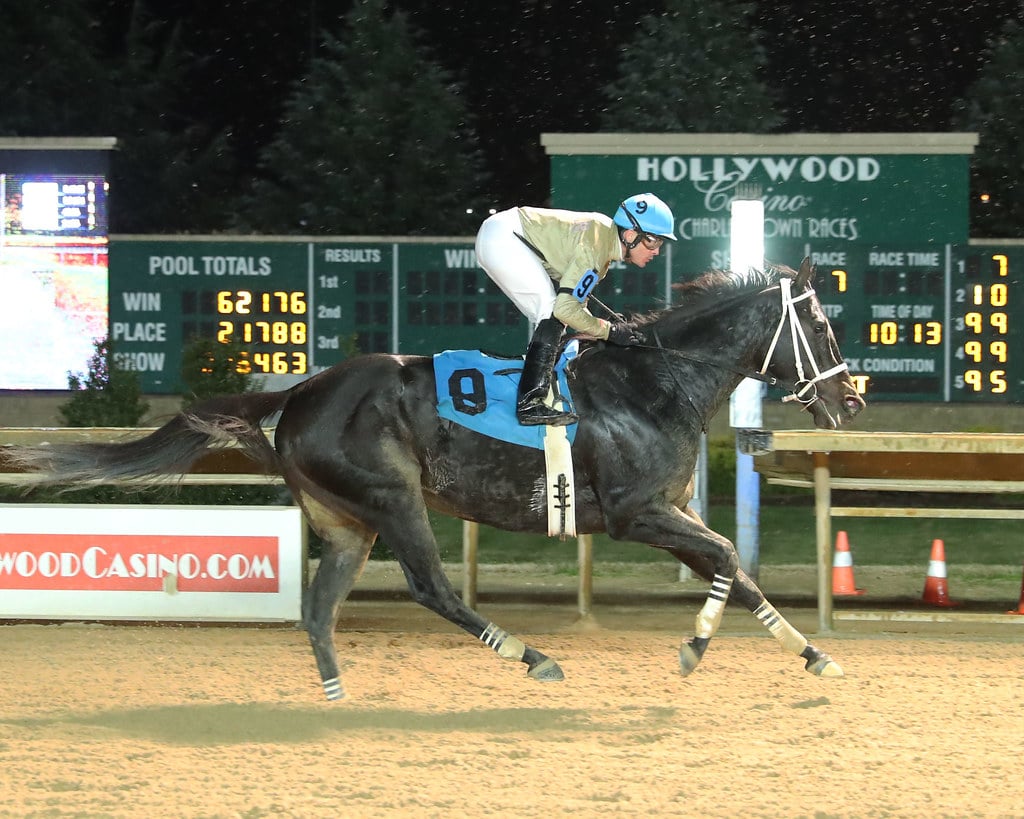
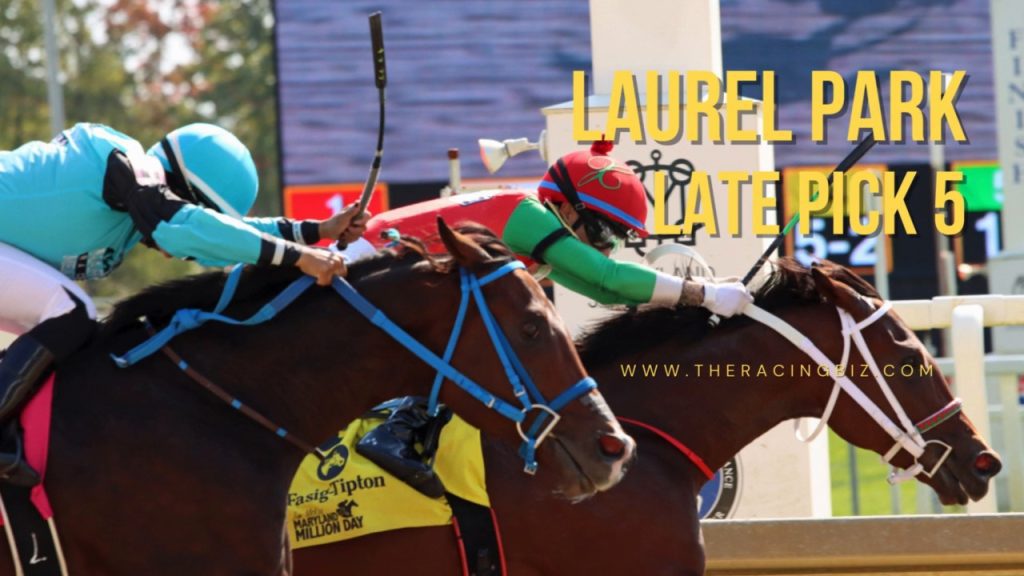

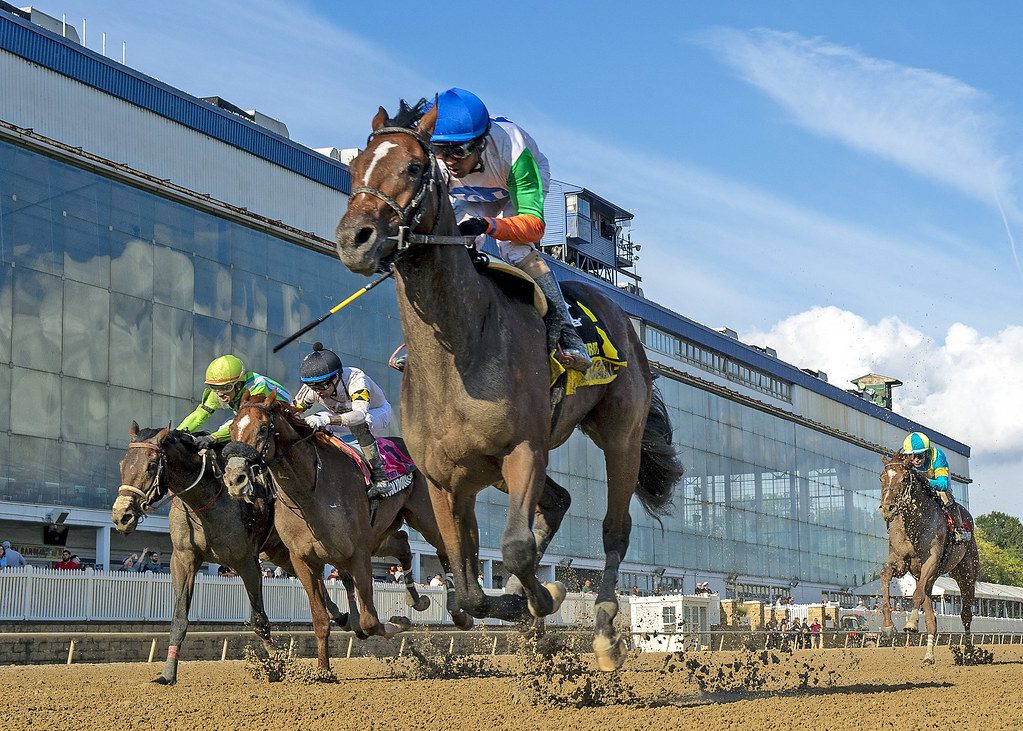
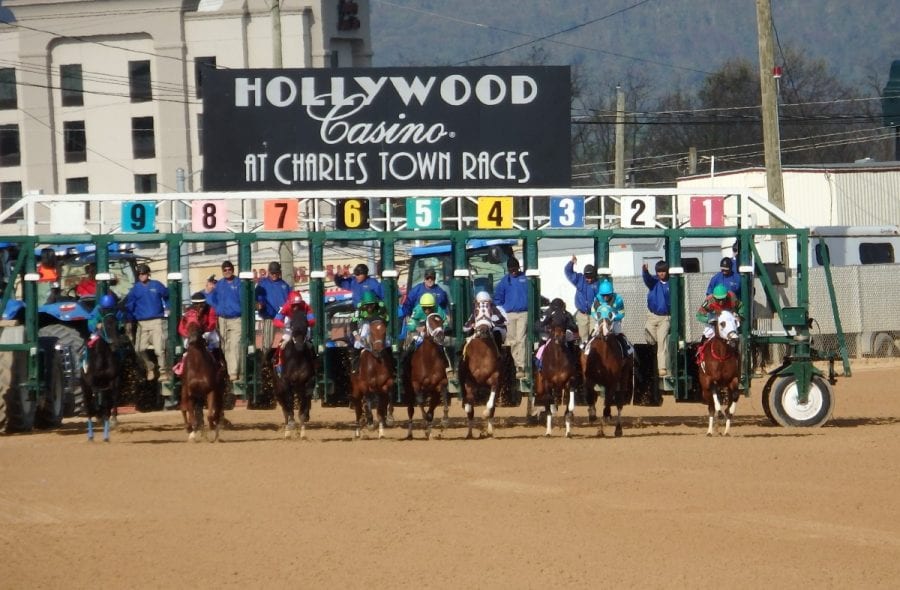
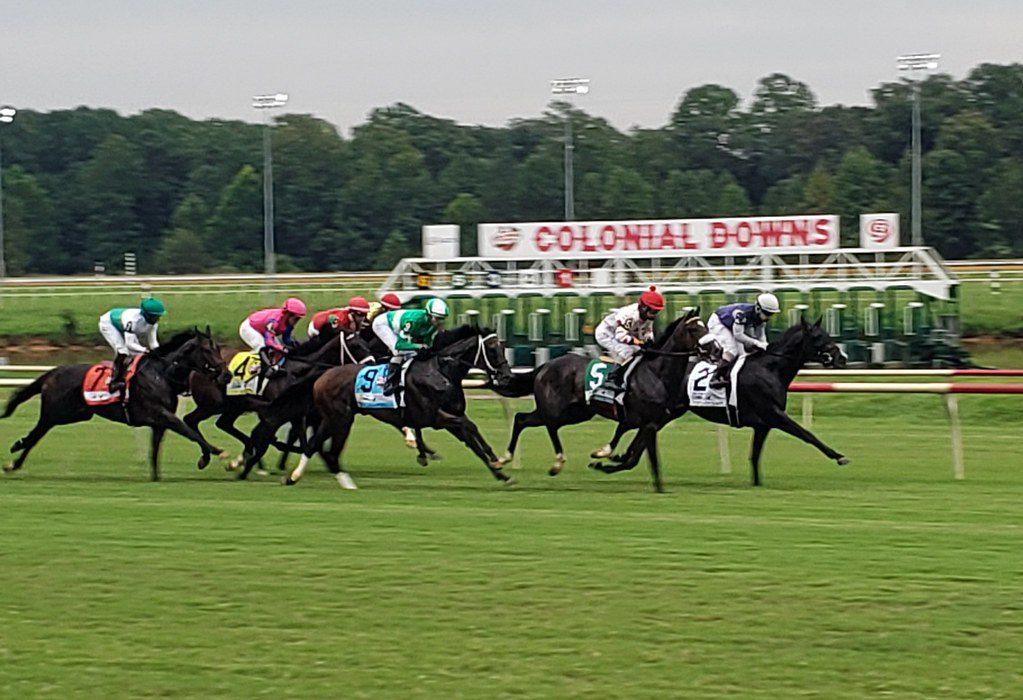
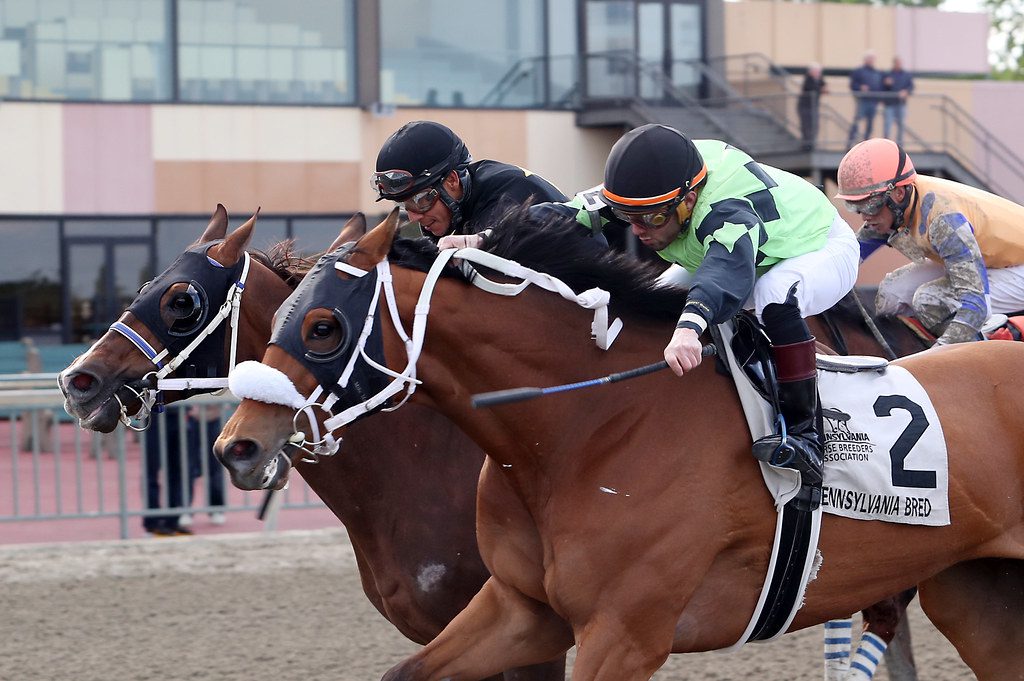
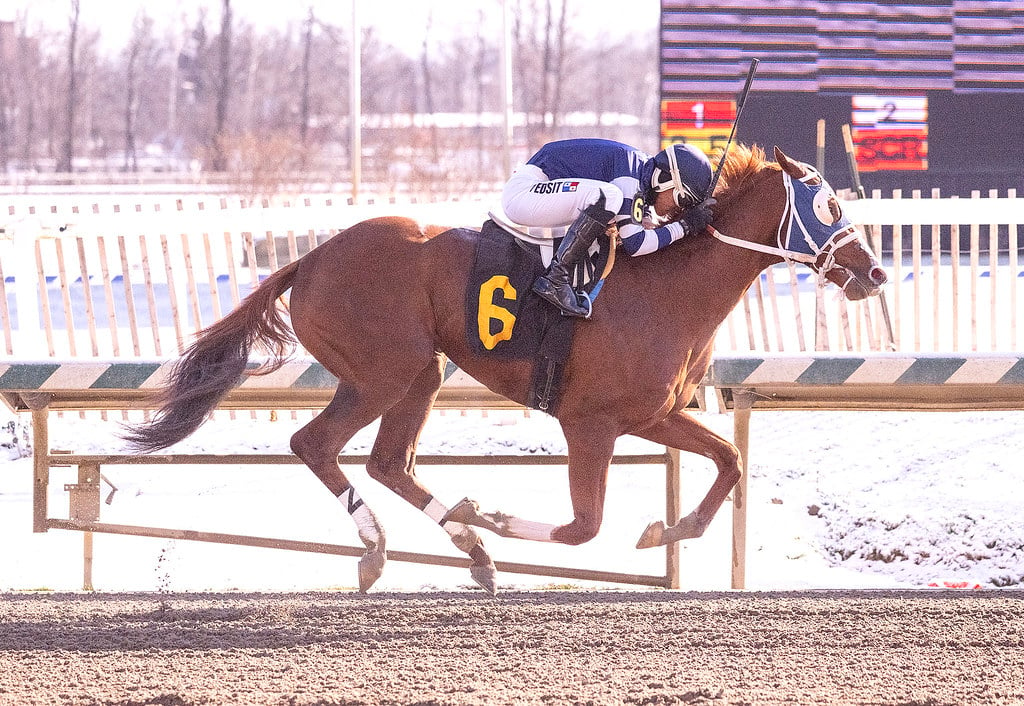
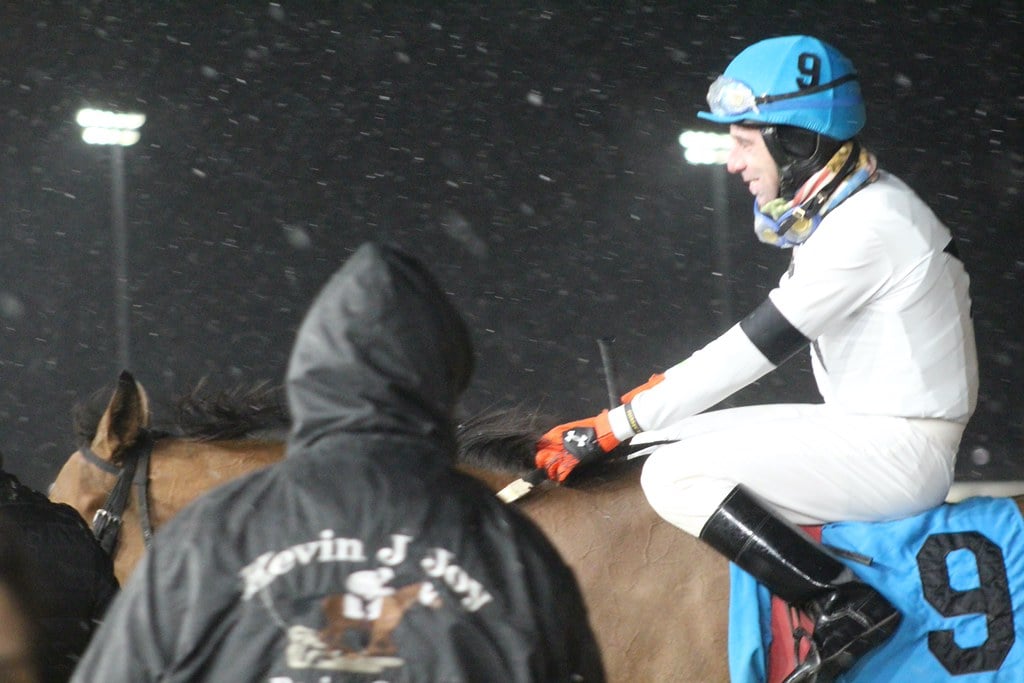




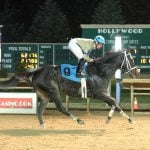
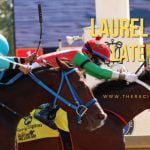
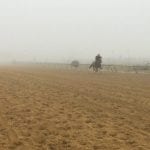
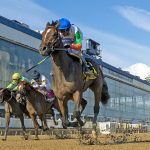
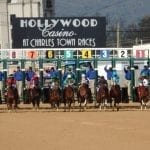
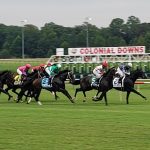
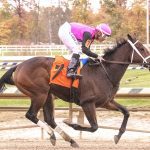
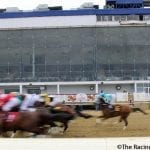
Julia F. Colhoun
31st Oct 2024Great research and thanks for the wonderful memories “Post Boy” gave to the history of early American rracing